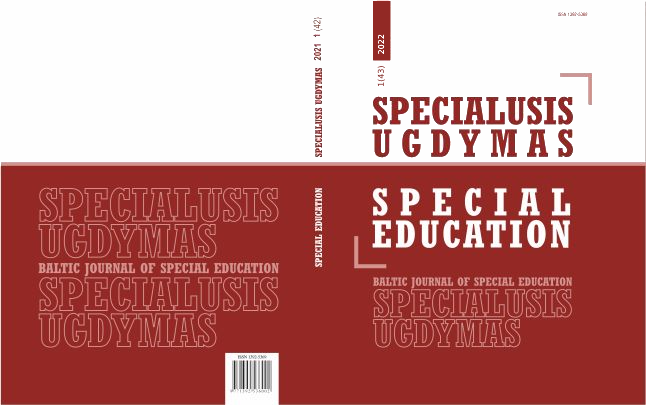Serum Zinc Levels in Children with Sickle Cell Disease in Steady State – A Cross-Sectional Study
Main Article Content
Abstract
Introduction: Children with sickle cell have a high risk of low levels of zinc as compared to healthy individuals. Inadequate levels of zinc in a sickle cell lead to a delay in growth, hypogonadism in males, and disorders of cell-mediated immunity.
Aim: Estimate the levels of serum zinc in children with SCD at a steady state.
Methods and Materials: The study population was composed of children of either gender, up to 18 years attending the out-patient department (OPD) at the tertiary health care study center diagnosed with sickle cell and sickle with a combination of other hemoglobin such as HbC, etc by High-Performance Liquid Chromatography (HPLC) in steady state. A total number of 85 patients were included in the study after fulfilling the inclusion and exclusion criteria. Serum zinc level was assayed by atomic absorption spectrophotometer Varian spectra AA 10 Model.
Results: A total of 85 subjects were enrolled in the study. A maximum number of subjects 82(96.47%) with sickle cell disease had zinc deficiency and very few 3(3.5%) had normal levels of serum zinc. Females had lower mean zinc levels (38.4) as compared to the males (44.07)
Conclusion: Our study clearly indicates that SCD subjects are zinc-deficient, although the degree of deficiency varies from one subject to another. The cause of zinc deficiency in SCD is not known gradual growth failure suggests that SCD children are not able to meet their zinc needs through diet. Zinc supplements are needed in them.
